LATVIJA.FM
Abgunste Manor: From Ruin to Revival in Latvia’s Heartland
Nestled amid rolling Zemgale fields, Abgunste Manor stands as a living narrative of Latvia’s layered past—bearing the scars of wars, neglect, and ideological shifts, and yet radiating with the warmth of creative rebirth. Originally a baronial estate, later a school, and for years left to fade into obscurity, Abgunste has found new life not through grand restoration alone, but through art, community, and a deep reverence for its authentic imperfections. This is not a story of polished heritage tourism, but of grassroots revival—where peeling walls become canvases, history becomes inspiration, and every creaking floorboard adds voice to the unfolding conversation between past and present.
Echoes of an Aristocratic Era
The story of Abgunste Manor begins in the 18th century, when the estate belonged to the noble von Medem family—figures of influence in Zemgale and beyond. The manor's elegant neoclassical proportions, with its symmetrical façade and high windows, reflected the architectural ideals of Enlightenment Europe. But beneath the serene exteriors lay the rhythms of estate life, driven by the labor of peasants and shaped by the complex dynamics of Baltic German rule. Like so many of Latvia’s rural manors, Abgunste bore witness to the region’s shifting sovereignties and the quiet transformations of countryside society.
In later decades, as Latvia passed through empire, independence, occupation, and restoration, the manor changed hands and purposes many times. By the 20th century, it had become a village school—a fate shared by numerous manors across the nation, redefined to serve socialist ideals. And then, like countless rural buildings, it was slowly forgotten.
In later decades, as Latvia passed through empire, independence, occupation, and restoration, the manor changed hands and purposes many times. By the 20th century, it had become a village school—a fate shared by numerous manors across the nation, redefined to serve socialist ideals. And then, like countless rural buildings, it was slowly forgotten.
A Gentle Reawakening
For years, Abgunste stood in melancholy silence—its roof sagging, paint flaking, and its grand halls surrendered to dust. Yet unlike so many other lost estates, Abgunste’s story took an unexpected turn in the mid-2010s, when it was purchased not by developers or bureaucrats, but by dreamers. Its new stewards, driven by a passion for art and heritage, saw not decay but potential: a stage for culture, creativity, and meaningful encounters.
Rather than erase the patina of time, the restoration embraced it. Visitors today walk through rooms where raw plaster, faded murals, and half-sanded floors become part of the ambiance, creating an experience more evocative than sterile reconstructions. Each event—be it an art exhibition, ceramics workshop, poetry reading, or intimate concert—adds another layer of memory to the manor’s long and winding tale.
Rather than erase the patina of time, the restoration embraced it. Visitors today walk through rooms where raw plaster, faded murals, and half-sanded floors become part of the ambiance, creating an experience more evocative than sterile reconstructions. Each event—be it an art exhibition, ceramics workshop, poetry reading, or intimate concert—adds another layer of memory to the manor’s long and winding tale.
Living Heritage through Craft and Community
Abgunste Manor is now home to one of Latvia’s most vibrant creative residencies. Artists from across the Baltics and Europe come here not just to work in peace, but to interact—with local villagers, with Latvia’s history, and with the space itself. The manor hosts hands-on craft workshops that revive traditional Latvian skills such as weaving, ceramics, and woodworking, fostering a living link to folk heritage that feels organic rather than staged.
It is this community-driven model that makes Abgunste exceptional. The manor is not preserved behind velvet ropes but shared. Children run through the grounds during festivals. Locals bake bread in the old ovens. Couples marry beneath the spreading branches of hundred-year-old oaks. The past is neither embalmed nor commercialized; it breathes.
It is this community-driven model that makes Abgunste exceptional. The manor is not preserved behind velvet ropes but shared. Children run through the grounds during festivals. Locals bake bread in the old ovens. Couples marry beneath the spreading branches of hundred-year-old oaks. The past is neither embalmed nor commercialized; it breathes.
An Imperfect Beauty, Perfectly Latvian
What makes Abgunste Manor so compelling is not just its history—it is the philosophy of restoration through use, emotion, and authenticity. In a world increasingly drawn to polished facades and Instagrammable perfection, Abgunste offers a slower, more sincere kind of beauty. Its worn walls and mismatched furniture tell stories. The chipped staircases carry footsteps of generations past. And the rooms, many still unfinished, serve as open invitations rather than exhibits.
This manor is not about nostalgia—it is about continuity. It connects baronial pasts with village presents, and invites the future to participate. It proves that heritage can be a tool not just for remembering, but for creating—new art, new friendships, new meaning.
This manor is not about nostalgia—it is about continuity. It connects baronial pasts with village presents, and invites the future to participate. It proves that heritage can be a tool not just for remembering, but for creating—new art, new friendships, new meaning.
Conclusion
Abgunste Manor is more than an architectural relic; it is a manifesto of what Latvian cultural revival can look like in the 21st century. It asks us to reconsider our relationship with ruins, with memory, and with the landscapes we inherit. In doing so, it becomes not just a manor reborn, but a symbol of the soul of Latvia itself—resilient, collaborative, quietly proud, and always open to those who come with curiosity and care.
Cover image: Abgunste Manor (2024) by Andrey Romanenko, licensed under CC BY-SA 4.0, via Wikimedia Commons.
